
Peter Safar
Peter Safar (1924–2003), father of modern resuscitation, pioneered CPR, ICUs, paramedic training, and therapeutic hypothermia.

Peter Safar (1924–2003), father of modern resuscitation, pioneered CPR, ICUs, paramedic training, and therapeutic hypothermia.

Quincke's Triad describes hemobilia via the triad of GI bleeding, biliary colic, and jaundice; first detailed by Heinrich Quincke in 1871, named retrospectively in 1975
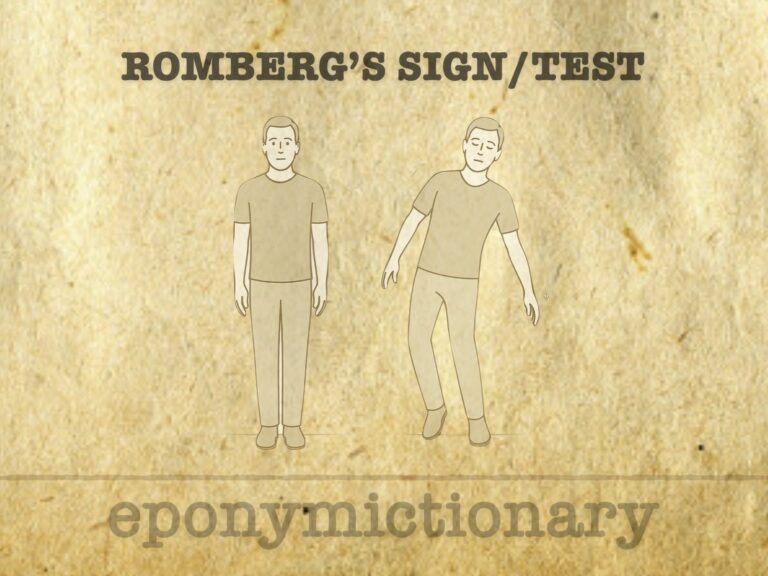
Romberg’s sign: a classic neurological test detecting proprioceptive loss by demonstrating postural instability with eyes closed.
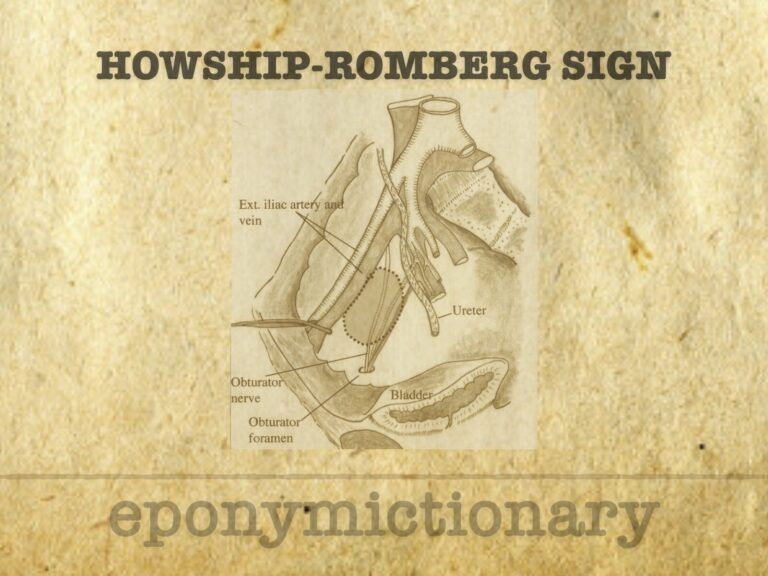
Howship-Romberg sign: pain and paraesthesia along the distribution of the obturator nerve (medial thigh to knee); a clinical indicator of obturator nerve compression, commonly due to an obturator hernia
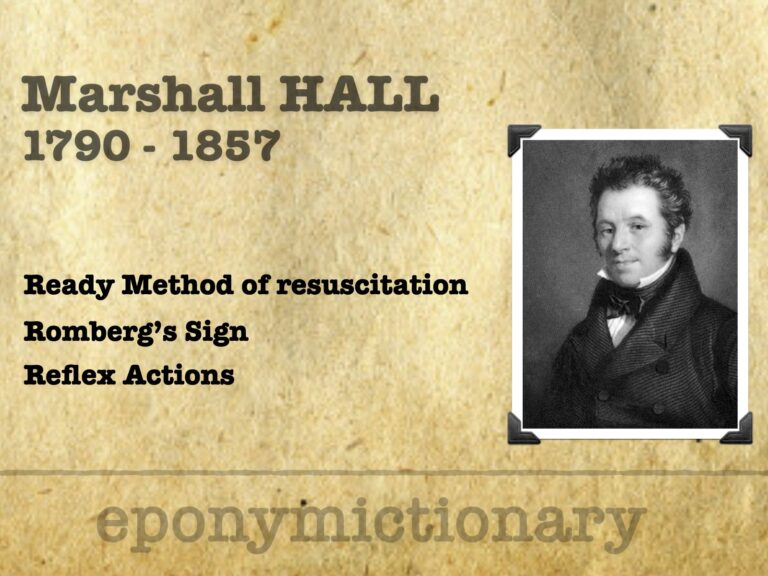
Marshall Hall (1790–1857): Pioneer of reflex physiology, anti-bloodletting reformer, creator of the Ready Method for resuscitation, and advocate for animal ethics.
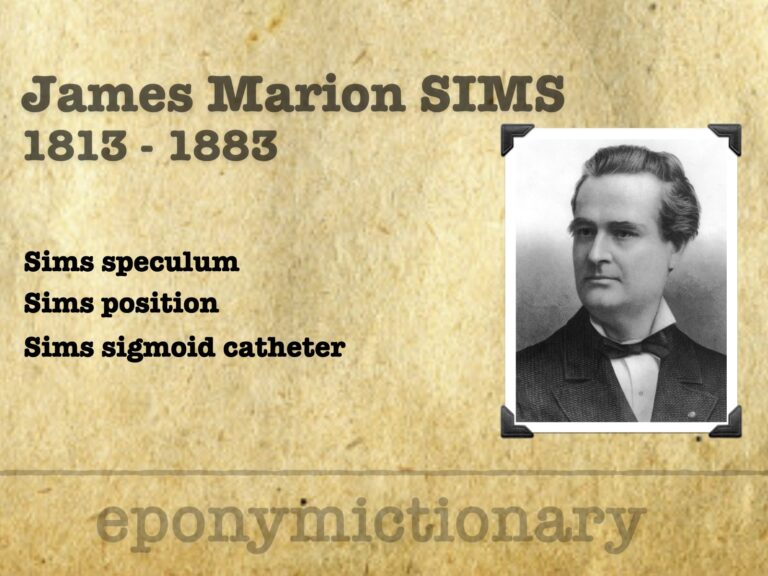
American gynecologist James Marion Sims (1813-1883) pioneered vesicovaginal fistula surgery but remains controversial for non-consensual experiments on enslaved women.
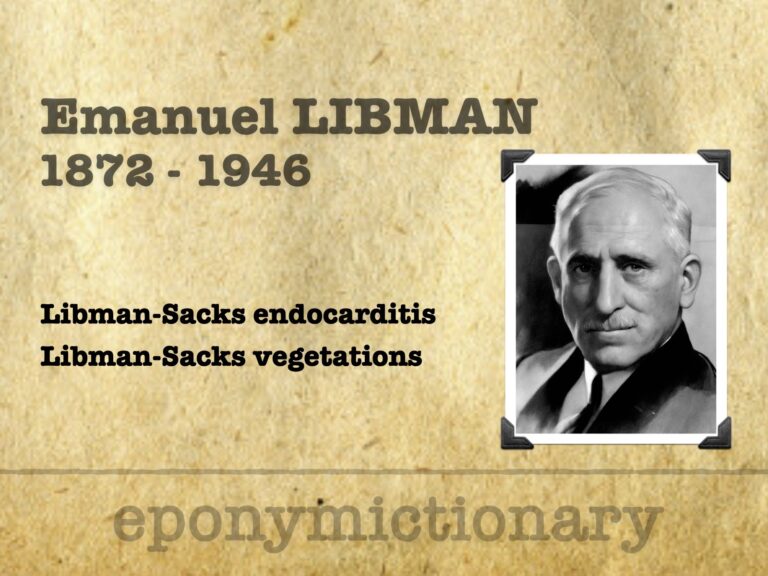
Emanuel Libman (1872–1946), American internist who co-described Libman-Sacks endocarditis and revolutionised diagnostic medicine at Mount Sinai.

François Dessertenne (1917–2001), French cardiologist who coined torsades de pointes in 1966, advanced ECG-based arrhythmia diagnosis with lasting impact.
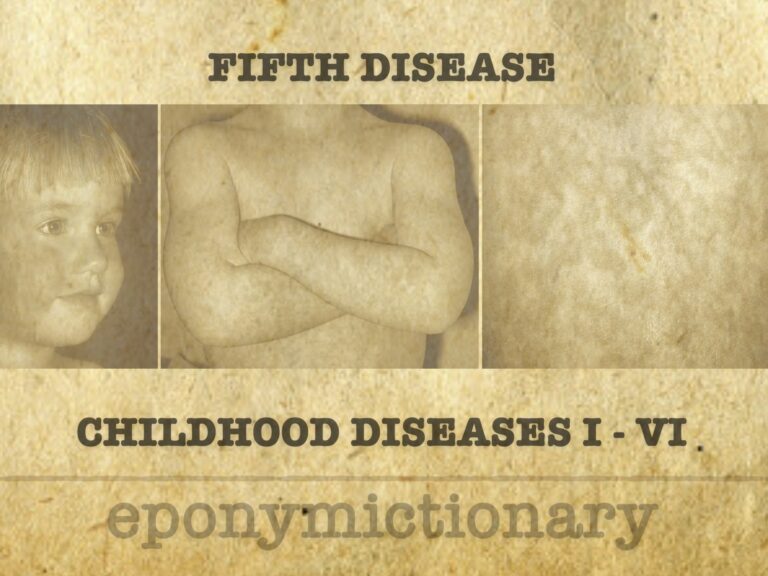
Erythema infectiosum (fifth disease), is a common manifestation of infection in children characterized by low-grade fever, malaise, facial rash, and later by the spread of a lacy maculopapular rash involving the trunk and limbs.
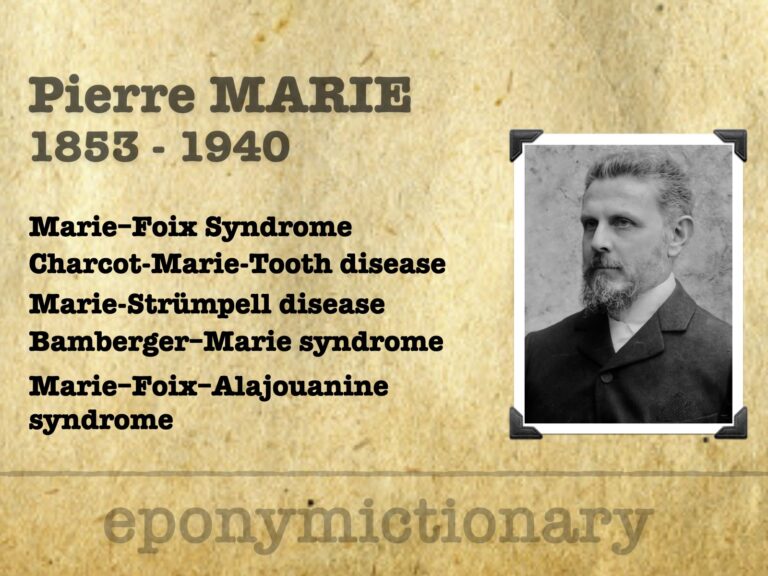
Pierre Marie (1853–1940), French neurologist and endocrinologist; defined acromegaly, described progressive aphasia, and helped shape modern neurology.

Jean-Alexandre Barré (1880–1967). French neurologist ; co-described Guillain–Barré syndrome; pioneer in vestibular neurology and semiology; eponyms include Barré test and Barré–Liéou syndrome.
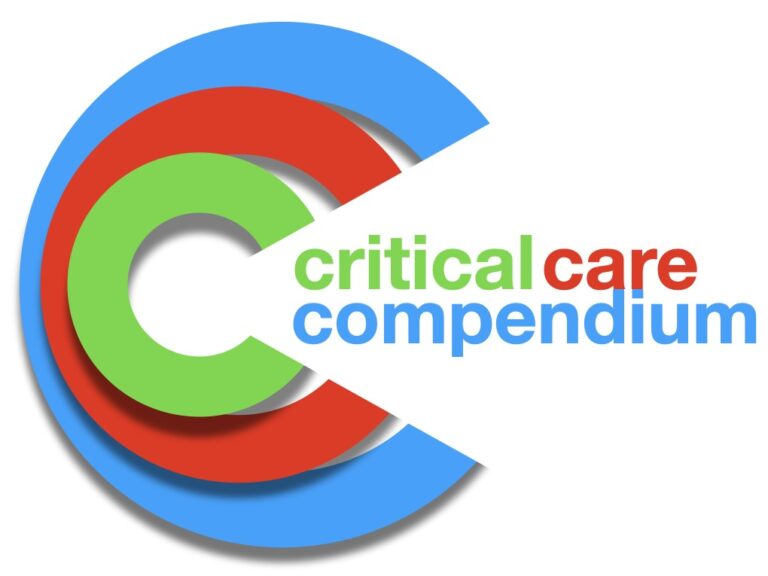
Critical evaluation of continuous infusion of beta-lactam antibiotics (rather than intermittent dosing) in critically ill patients.